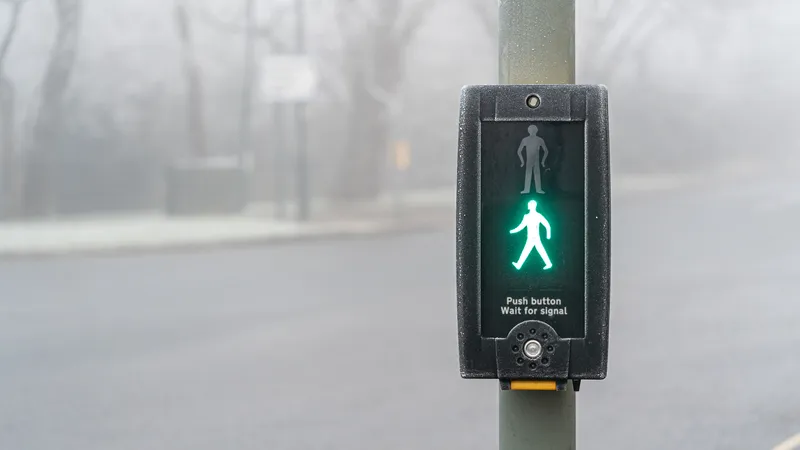
TRL Software is seeking new outlets for the software behind the SCOOT (Split Cycle and Offset Optimisation Technique) adaptive traffic control system, after the original arrangement through which it supplied the software was dissolved.
SCOOT can be found in around 250 major cities around the world; the largest installation in the UK, for example, is in London and consists of some 3,600 junctions under SCOOT control.
TRL was formerly a member of the SCOOT Steering Group, comprising Siemens, Dynniq and itself. However, that arrangement has come to an end and the UK company is now in a position to offer its software to any other partner.
“This enables us to bring a SCOOT traffic control system to market,” said TRL’s head of traffic software, Christopher Kettell. “It’s a hardware-agnostic approach. We don’t actually mind what your out-station equipment consists of; we will work with whatever is there. The software can be ‘tweaked’ by a series of adaptors.
“Intertraffic is the first occasion we have been able to offer it independently. We’re looking to engage with potential customers and with others further along the supply chain, such as traffic controller manufacturers.”










